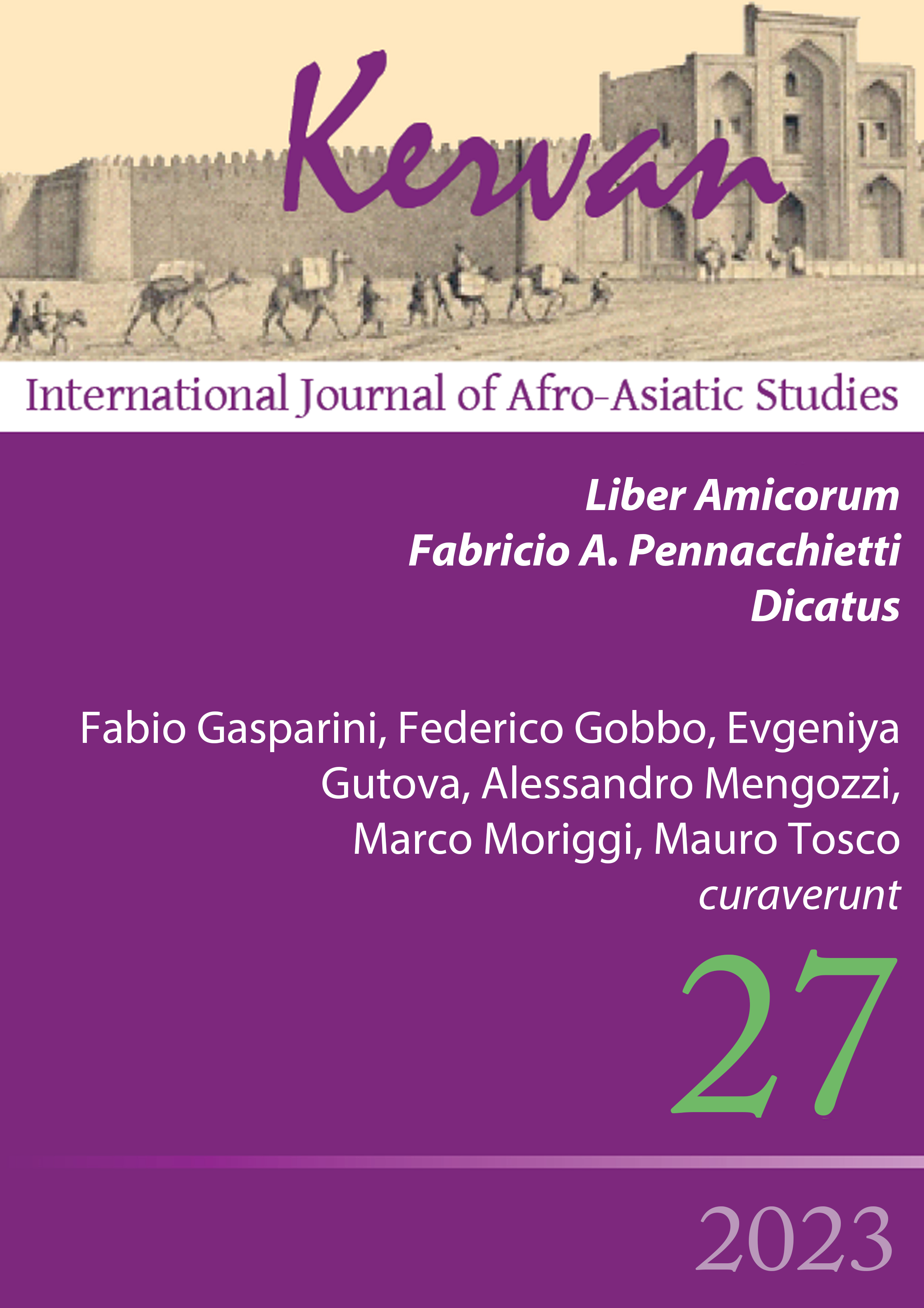Ĉu tipologiaj ŝanĝoj en Esperanto?
DOI:
https://doi.org/10.13135/1825-263X/8257Abstract
In this paper, typological changes that took place, or are taking place, in Esperanto are discussed for the first time. Two varieties, namely, the one used by Esperanto’s planner Ludwik Lejzer Zamenhof, and the other one used in modern and contemporary Esperantist magazines, are put in comparison. Three different case studies are discussed: the order of adjective and noun in the noun phrase; the order of verb and manner adverbs in the verb phrase, and the usage of pre-nominal participial relative clauses vs the usage of the (post-nominal) relative pronoun strategy. The analysis is based on corpus-driven data, drawn from the existing literature on the topic and from corpus queries carried out by the author. Results show evidence of some changes in the typological shape of Esperanto. The reason behind these changes is also investigated; most notably, influences of English and speakers’ mother tongues, as well as natural typological drift, cannot be called into question, as far as syntactic changes are concerned. On the other hand, it seems reasonable to think that changes involving morphology – at least to some extent – are due to the tendency of Esperanto speakers to reduce the number of words and of morphemes in their sentences, fully exploiting the agglutinative morphology of the language.
Downloads
Downloads
Published
Issue
Section
License
Gli autori che pubblicano su Kervan accettano le seguenti condizioni:
- Gli autori mantengono i diritti sulla loro opera e cedono alla rivista il diritto di prima pubblicazione dell'opera, contemporaneamente licenziata sotto una Licenza Creative Commons - Attribuzione che permette ad altri di condividere l'opera indicando la paternità intellettuale e la prima pubblicazione su questa rivista.
- Gli autori possono aderire ad altri accordi di licenza non esclusiva per la distribuzione della versione dell'opera pubblicata (es. depositarla in un archivio istituzionale o pubblicarla in una monografia), a patto di indicare che la prima pubblicazione è avvenuta su questa rivista.


 The articles that have appeared on Kervan since 2016 are rated as Class A in the system of National Scientific Qualification (ASN, disciplines 10/N1 and 10/N3).
The articles that have appeared on Kervan since 2016 are rated as Class A in the system of National Scientific Qualification (ASN, disciplines 10/N1 and 10/N3). The journal has been approved for inclusion in DOAJ. The DOAJ listing of the journal is available at
The journal has been approved for inclusion in DOAJ. The DOAJ listing of the journal is available at  The journal has been approved for inclusion in ERIH PLUS. The ERIH PLUS listing of the journal is available at
The journal has been approved for inclusion in ERIH PLUS. The ERIH PLUS listing of the journal is available at  Kervan was just accepted for indexing in SCOPUS. This important milestone ensures that articles published in Kervan are easily found when searching for library, archives and Information science and it enables Kervan authors to keep track of how often their article has been cited by others.
Kervan was just accepted for indexing in SCOPUS. This important milestone ensures that articles published in Kervan are easily found when searching for library, archives and Information science and it enables Kervan authors to keep track of how often their article has been cited by others.

